The Arkitrek Retreat
In true Arkitrekking fashion, Arkitrek trekked into the forest around Lupa Masa last week to “Forget Time, Think Arkitrek.”
Everyone had thought of something they wanted to impart to their colleagues and had designed a task around this. Nick was first to kick things off with his programme: ‘Building Engineering Basics for Architects – Buildings need to stand up and look pretty’ Our task: to build the highest tower possible, capable of holding an egg with just 9 sheets of A4 paper. We were all put to shame by Charlie, our host, forest guide and builder friend, who beat us by about 1m in height and an outstanding 3 eggs capacity! Next up was Zhen Ron, who gave us an introduction to the Malay House and an insight into Feng Shui- both very useful topics for foreign architects working in Malaysia.
We couldn’t be at Lupa Masa long without going out trekking. Night walks gave us reddish scops-owl and Sabah pit viper and our trek on Saturday took us to a stunning 50m high waterfall with a perfect dip pool surrounded with moss carpeted rocks. Nick took the award for best dressed with his high street fashion and trendy shopping bag almost standing up against the elements until a wayward shoot of rattan caused a rather revealing problem for his swim shorts! Sadly we ran out of time to learn to make compost with Catherine or to build installations with Sally, but these will be saved for the next Arkitrek retreat.
The main objective of the retreat was to discuss the direction Arkitrek should move in. As a practice on the cusp of expanding, and nearly at the point of finalising its company manifesto, it is important to get everyone’s input into how they foresee Arkitrek. The following suggestions were made:
Nick
“Buildings [should be] provided for people and communities that need them.
Look into grants or funding from government for community projects.
Engage with architecture and engineering schools and students from the start of each project and get funding assistance from universities.”
Catherine
“Could Arkitrek be a school and a practice, something like the Bauhaus?
Could Arkitrek link to a university commercially?
Could it show architects and engineers how to work together?
Could it run projects for different levels, ie- year 1, year 2, year 3 etc?
Could it link students with communities?
Could Arkitrek give sustainability lecture and workshop tours- field tours on bikes?
Could Arkitrek subdivide their projects as ‘people’ (urban projects) and ‘planet’ (rural projects)?
Zhen Ron
“From the People, To the People
Get more exposure among the local community.
Get people to realise their ownership and sense of belonging in or throughout activities Arkitrek is doing.
Develop links with local communities so that they can suggest their needs and demands, how they want their own local community to look like and to develop, ie- in foods, craftwork, cultural and architectural heritage, tourism for self- sustaining communities.
Arkitrek acts as a facilitator, a dream realiser.
I want when people talk about Arkitrek, they will appreciate us and feel a sense of pride in themselves who were involved in the development of their community.
Develop recyclable materials as a moneymaking enterprise in Sabah. Arkitrek should help develop awareness among people. Arkitrek could build with recycled materials and villagers or people therefore put in effort to recycle, hence teaching them to take care of their environment
All in all, regardless in which direction Arkitrek grows and develops, Arkitrek should have this philosophy: ‘Engagement of the larger community as the ultimate receiver.’ In other words:
From the people, To the people”
Sally, Nick, Zhen Ron, Catherine
Thank you for all your suggestions- there are some really exciting ideas here. I hope we got everything down that you mentioned? Did we leave anything out or misunderstand anything? How do you think the manifesto is looking so far? What things do you think we should include? Any other comments? This also goes to past participants and volunteers, as well as all our friends and contributors. We’d really appreciate your input- thank you very much!!



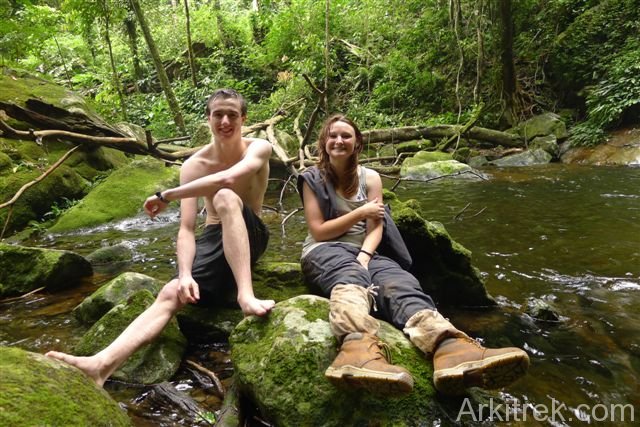
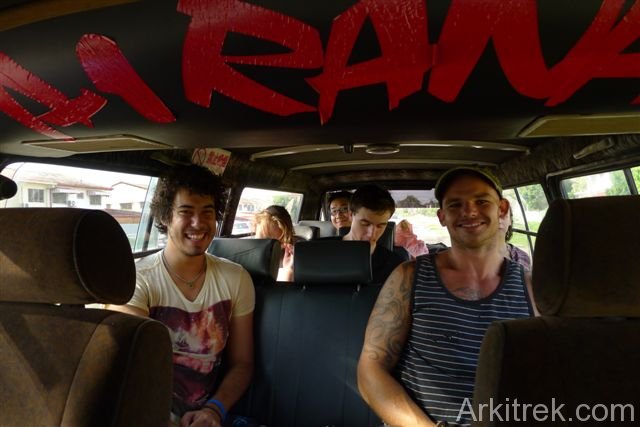
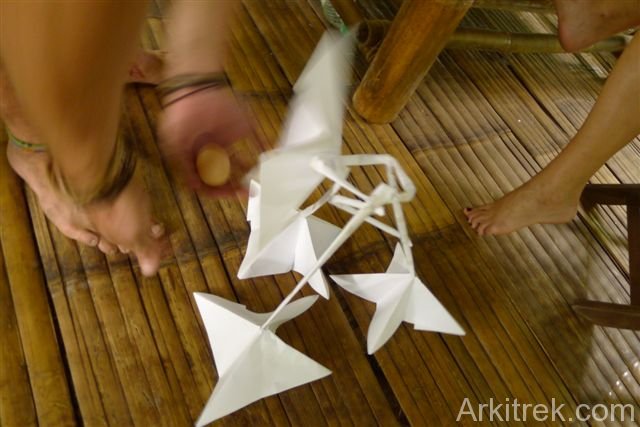
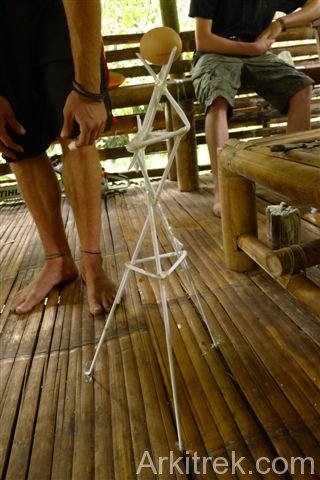
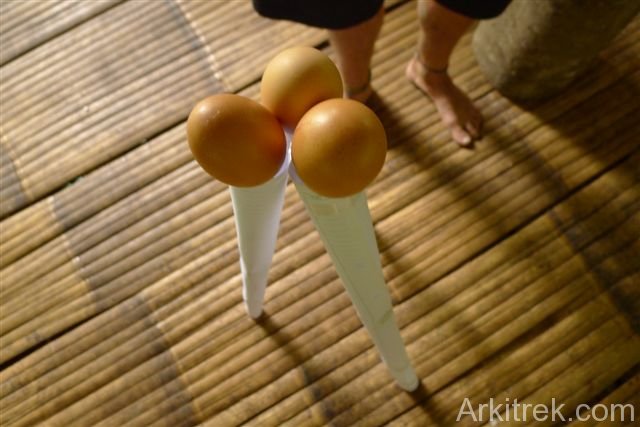

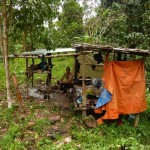
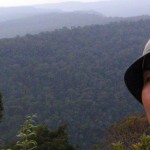
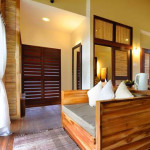

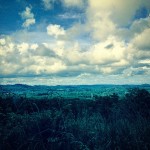
Hello!
Here are some more thoughts…
Supporting Arkitrek’s educational motives, perhaps Arkitrek could hold architecture induction programs to prospective national and international students of architecture. Community involvement and nature activities could highlight the wider scope of architecture to affect people and places.
Similarly, Arkitrek could investigate school programs that require students to undertake social services (Duke of Edinburgh, IB curriculum…). Arktirek could provide activities that could support these programs through design-related projects. Design projects could be very small scale, sited within the school-eg. Encouraging biodiversity within school property through bird house building, designing water features…
Arkitrek could hold specialist lectures and seminars to university students, such as ‘everything you need to know about coconut timber construction’, or ‘Methods of design integration’, or perhaps discussing architecture in relation to seemingly irrelevant disciplines, such as bird watching…Encourage student to draw upon inspiration from different fields, particularly those which Arkitrek have particular interest in.
Hmmm. Will continue to think!
Also, a BIG thank you for a great weekend in the jungle. Location, trekking, and company were all most wonderful!
[Ian: this comment is from Loong by email)
No worries Ian,
By the way, I have read The Arkitrek Manifesto and I hope I can contribute some of my views though I have not really involved in the project yet. haha
What I see from Arkitrek is that it has a potential growth ability to become one of the organisation that promotes and propagates sustainable and indigenous building techniques while remaining in private practice by conducting workshops to architects and students on real projects where charged fees can ensure financial sustainability of the practice itself while being able to share the skills to like minded people. Malaysia does not lack of like minded people, just lack of platform where they can engage and contribute with, Arkitrek is one of the pioneering platform, and with the propagation of knowledge and values it is possible we can see more similar platforms (more allies) arise in the future for good.
The erosion of indigenous sustainable building practice is due to the building bye-laws which is meant to cater for urban modern buildings which somehow inappropriately applies to the rural area as well. This situation is quite a threat in terms of preserving indigenous building knowledge and promoting concrete-alternative construction. This is more evident in West Malaysia with traditional Malay house as one of the erosion examples. Arkitrek has the potential push its sustainable activism agenda further as an advocate to gain more tolerance to wood and other non conventional but sustainable materials from the bye-laws with other organisations like Malaysian Institute of Architects, Malaysian Timber Council and etc.
These are some of my views I would like to share, some might sound unrealistic but hope you find some of it helpful.haha. Have a good time in UK!
Warm regards,
Loong